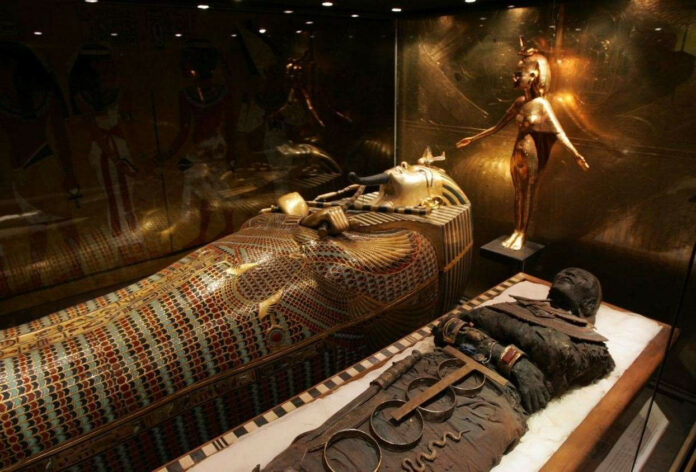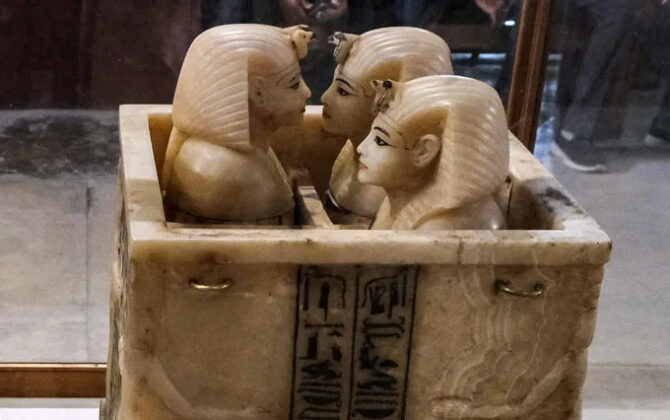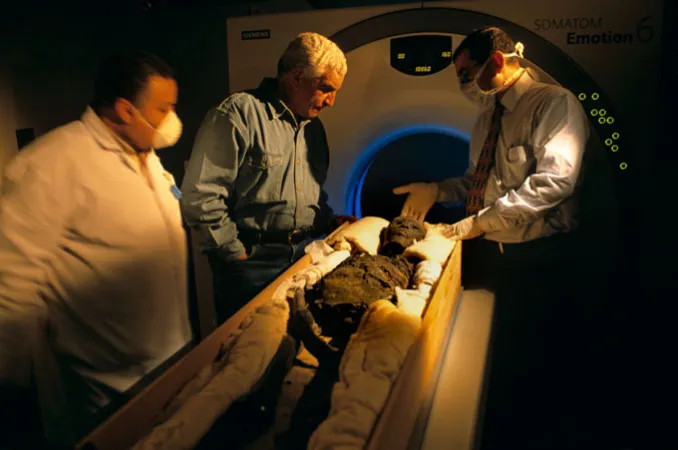On November 4, 2022, the world celebrated the 100th anniversary of archaeologist Howard Carter’s remarkable discovery of King Tutankhamun’s tomb. This event brought the little-known boy king to global recognition and forever altered both his legacy and the field of archaeology. As the Grand Egyptian Museum prepares to showcase more of Tutankhamun’s 5,400 meticulously preserved burial artifacts, new and intriguing insights about his life, death, and lasting impact continue to surface.

Tutankhamun: Frail Monarch or Formidable Warrior?
Historically, Tutankhamun has been depicted as a weak and sickly monarch who walked with a limp. However, contemporary research disputes this characterization:
Evidence of Tutankhamun’s Strength and Vitality
- Military items such as chariots and armor found in his tomb portray him as both a hunter and a warrior.
- Inscribed blocks from his temple depict him leading charioteers into battle.
- Analysis of his mummy suggests that his supposed clubfoot deformity was likely mild.

While the cause of Tutankhamun’s early death at approximately 19 years old remains uncertain, he appears to have been a more robust and capable pharaoh than previously believed. Ongoing DNA analysis of his mummy may yield further insights.
The Obscurity That Preserved Tutankhamun’s Tomb
Ironically, Tutankhamun’s initial lack of fame contributed to the preservation of his tomb. His father, Akhenaten, was deemed a heretic for promoting the worship of Aten to the exclusion of other gods. Following Akhenaten’s death, efforts were made to erase the memory of both Akhenaten and his son, Tutankhaten, who later changed his name to Tutankhamun. This attempt to erase their legacy resulted in Tutankhamun’s modest tomb being overlooked by grave robbers for millennia until Carter’s groundbreaking discovery brought him international fame. Additionally, Tutankhamun’s premature death necessitated a hurried burial, resulting in a fascinating collection of hastily repurposed and assembled artifacts.

A Pivotal Moment for Archaeology and Egyptian Heritage
Carter’s discovery ignited a surge of Egyptian nationalist sentiment and calls to halt the export of antiquities by foreign explorers. This movement eventually led to significant changes in laws and practices, including Egypt’s full independence in 1953 and a 1983 law prohibiting the export of antiquities.
Simultaneously, Carter established a new benchmark for careful tomb excavation and documentation, setting a precedent that has influenced archaeological methodology. Due to the diligent efforts of Carter and his team over a decade, Tutankhamun’s treasures are now available for public viewing and scholarly examination as the next phase of his posthumous legacy unfolds.



